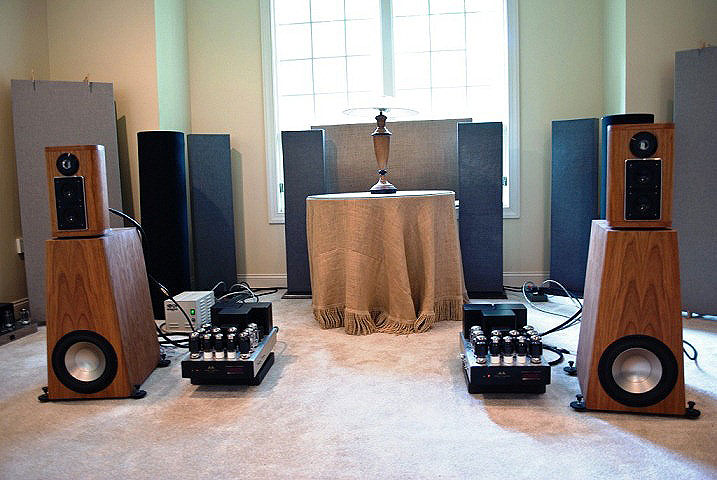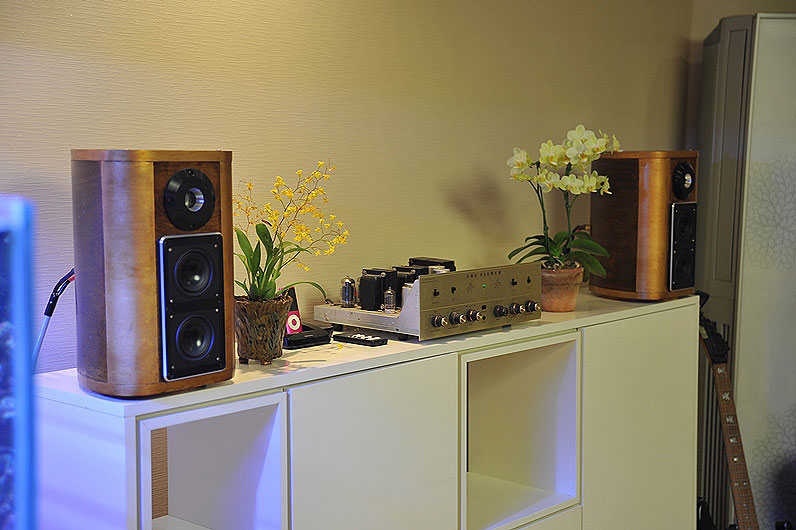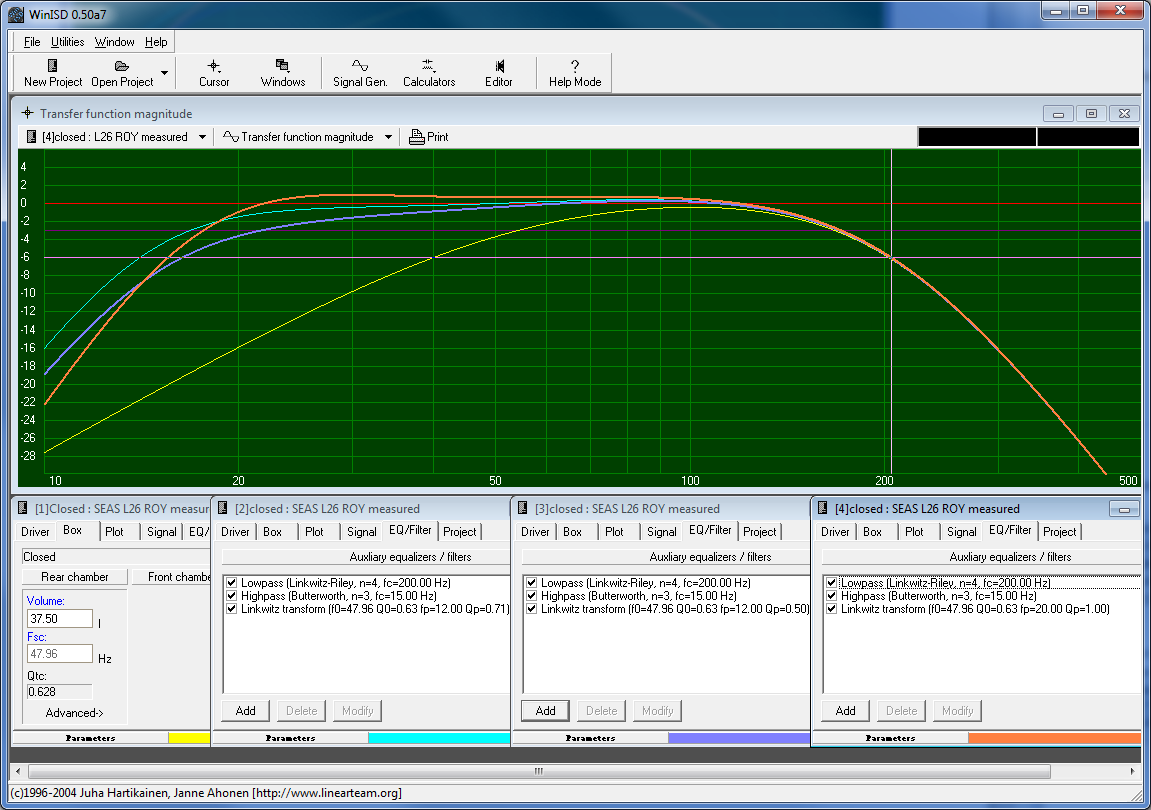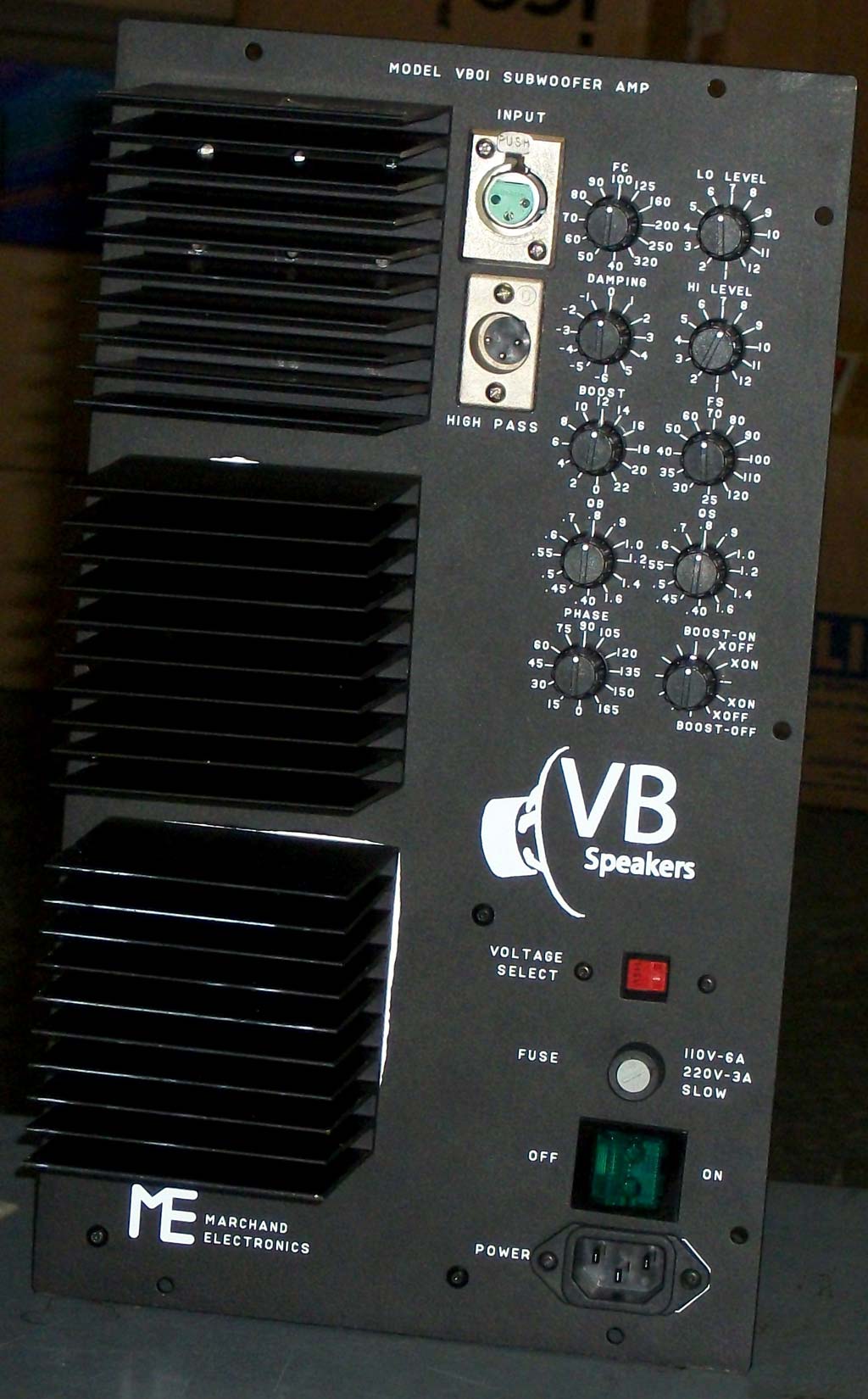New Friends, New Gear
One of the joys of being an audiophile is “discovering” terrific products that are not well known, all the more so when this occurs unexpectedly. This is my tale of such a discovery.
The story began shortly before Thanksgiving, when I attended a get-together of a local audio society, at the home of Ralph Glasgal, the inventor of Ambiophonics (interview forthcoming). Another attendee, Al Mirabella — whom I had never met — struck up a conversation and proceeded to tell me about a superb new Class D amplifier, the Veritas amps, manufactured by Al’s friend Merrill Wettasinghe. Al and I exchanged phone numbers and we subsequently made plans for he and Merrill to come to my home so I could audition the Veritas amps. The Veritas’ changed my view of Class D amplifiers, and a review is currently in progress. But that is just background.
A month later, I attended a Christmas party hosted by that same audiophile society. Al was in attendance and introduced me to Vadim Boguslavskiy, the man behind VB Speakers. Al had heard Vadim’s speakers at an audio gathering at the home of another club member and thought I’d be interested in them. Vadim and I spoke and I learned that he grew up in the Ukraine, migrating to the United States in 1993. Vadim holds a degree in material science, and has been an amateur speaker builder for over 30 years. In what is a familiar story, as friends and local audiophiles heard his speakers, they expressed an interest in purchasing them, and thus began VB’s commercial activities. VB is still small, and all design and assembly is done by Vadim, while the cabinets are built by a cabinet maker.
It All Started With a Challenge
The development of these speakers took something of a circuitous route. As Vadim explained, Bill, a friend and fellow audiophile, owned a pair of monitor speakers with which he has been very pleased. Each time Vadim would listen to them, he (Vadim) would complain about the paucity of bass. Bill eventually tired of hearing his gripes and told Vadim to, in essence, put up or shut up; in other words, to build a woofer for him. And so Vadim did, the result being the Olaf woofer. Vadim regards subwoofer territory as from about 80 Hz and down. Although the Olaf can function in that way, it is capable of playing up to the 300 Hz range; for this reason, Vadim refers to it as a woofer, rather than a subwoofer.
Pleased with the results, Vadim decided to use the Olaf as the foundation, literally and figuratively, for his own monitor speaker, the Troika.[1] Vadim’s goal in designing the Troika, in his own words: “I’ve set out to design a small speaker, which is neutral in tonal balance and very accurate. The base should be fast and tight, without higher base boom to compensate for lack of lowest end extension, due to size. It should retrieve low-level details, heights should be airy and imaging must be exceptional. Speakers have to disappear into the acoustic space.”
The best way to achieve these goals is to make a single-driver speaker. The one presented here is just that, well almost…
The Troika/Olaf speaker falls into the category I call “augmented wideband speaker,” which I wrote about in my recent review of the Surreal Sound Fifth Row speakers.
The Design
The Troica/Olaf speaker comprises two separate cabinets, the Olaf woofer on the bottom, perched atop of which is the mid-tweeter Troika, and uses both active and passive crossovers. In Russian, Troika mean “a set of three.” It can and does refer to many different things, including a sled or carriage drawn by three horses harnessed side-by-side, iconic symbol of Russia. Vadim chose this name because: 1) it uses three drivers, 2) the cabinet is kind of triangular, 3) the impedance is a combination of three peaks, two for ported and one for closed drivers, and 4) because the tuning of the crossover was a collaboration between Vadim and two of his customers.
The Olaf woofer is heavily constructed from dual layers of Baltic Birch plywood, and MDF, with non-parallel walls. It is 18” deep, 13” wide at the base narrowing to 9” wide at the top, and 26” tall. It uses two outrigger spiked footers for stability. Its single 10” SEAS woofer is intentionally positioned near the floor, and is powered via a built-in 300 W amplifier. The amplifier and active crossover, which splits the signal between the Olaf and the Troika, were developed by Marchand Electronics to Vadim’s specifications. In addition to the crossover per se, there is also a Linkwitz Transform that extends the frequency response to a lower range; the mechanical resonance stays where it is, but is compensated electrically. The adjustments provide for the new -3dB and -6dB point, as well as for the new Q factor. Here are some possible responses:
As can be seen, a -3dB of 15Hz can be achieved!
The cross-over has numerous settings which allow for a remarkable degree of adjustment/optimization, which I’ll have more to say about below.
- (Page 1 of 3)
- Next page →






